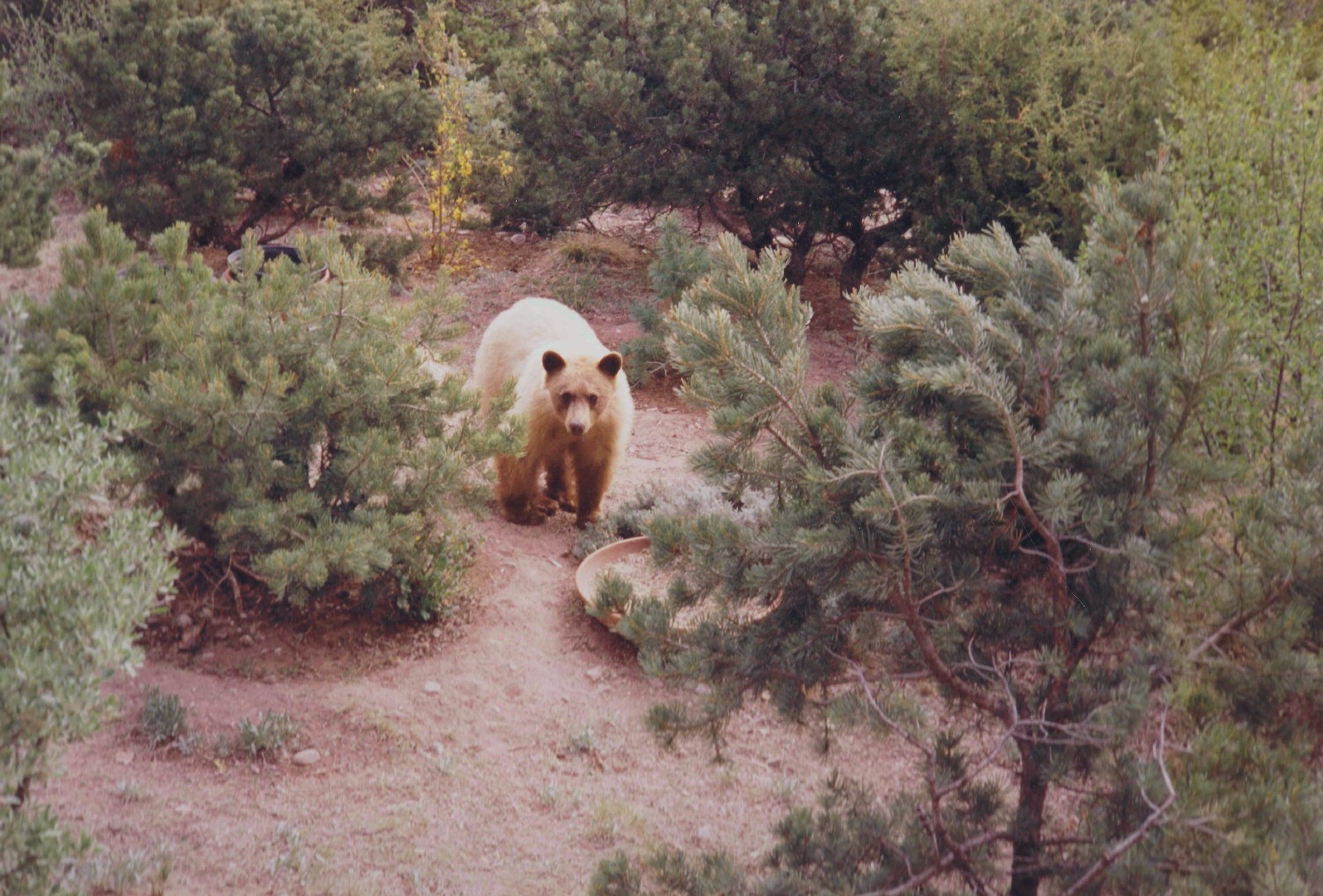Brown bear
A species of Bear, Also known as Bruin, Moccasin joe, Eurasian brown bear Scientific name : Ursus arctos Genus : Bear
Brown bear, A species of Bear
Also known as:
Bruin, Moccasin joe, Eurasian brown bear
Scientific name: Ursus arctos
Genus: Bear
Content
Description General Info
 Photo By Alton R. Packard (Alton Roethemeyer Packard III) , used under CC-BY-SA-3.0 /Cropped and compressed from original
Photo By Alton R. Packard (Alton Roethemeyer Packard III) , used under CC-BY-SA-3.0 /Cropped and compressed from original Description
Taxonomist C.H. Merriam was first to recognize the Kodiak bear as a unique subspecies of the brown bear, and he named it "Ursus middendorffi" in honor of the celebrated Baltic naturalist, Dr. A. Th. von Middendorff. Subsequent taxonomic work merged all North American brown bears into a single species (Ursus arctos). Genetic samples from bears on Kodiak have shown that they are related to brown bears on the Alaska Peninsula and Kamchatka, Russia, and all brown bears roughly north of the US. Kodiak bears have been genetically isolated since at least the last ice age (10,000 to 12,000 years ago) and very little genetic diversity exists within the population. Although the current population is healthy and productive, and has shown no overt adverse signs of inbreeding, it may be more susceptible to new diseases or parasites than other, more diverse brown bear populations. 
General Info
Lifespan
20-30 years
Diet
Brown bear is an omnivore, primarily consuming vegetation. While plant-based foods like roots, berries, and grasses form the majority of their diet, they also consume meat, particularly in the form of fish, small mammals, and carrion, adjusting dietary preference as per environmental variations.
Appearance
Brown bear is a large mammal with a rounded body shape, massive head, and heavy limbs. Its dense fur, protecting it from cold, ranges from brown to ashy-gray. Some individuals may exhibit a prominent shoulder hump, and occasionally, facial markings. Whereas the claws are long, strong, and well-suited for digging, the short round ears and small eyes are less conspicuous. There are minimal appearance differences between genders or between ages, once adulthood is reached.
Behavior
Brown bear primarily exhibits solitary behavior except during mating and rearing offsprings. They display strong territorial instincts, often marking their habitat with claw marks. These omnivores are opportunistic foragers, with a diet including plants, insects, fish, and larger mammals. Remarkably, brown bear can hibernate for months, a survival adaptation to cope with harsh winter climates.
Population
Stable

 Photo By Alton R. Packard (Alton Roethemeyer Packard III) , used under CC-BY-SA-3.0 /Cropped and compressed from original
Photo By Alton R. Packard (Alton Roethemeyer Packard III) , used under CC-BY-SA-3.0 /Cropped and compressed from original